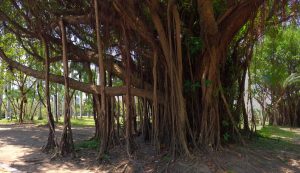WU Ming-Yi, The Man with the Compound Eyes
- Bunun people
- Millet
- mountains
- search and rescue team
- And there were still other moths with eyespots on their wings, like innumerable eyes staring at him.
- Every thread of rain was glowing, as if the moon itself had turned to rain, like the moon was falling all around him.
- anything that’s been thrown away has its own tale to tell
- “What can you do?” he asked me back. I discovered his eyes weren’t like human eyes. They were more like compound eyes of countless single eyes, the eyes of clouds, mountains, streams, meadowlarks and muntjacs, all arranged together. As I gazed, each little eye seemed to contain a different scene, and those scenes arranged to form a vast panorama the likes of which I had never seen. (p.186)
- Forest Church
- a vessel that could contain her
- Only after meeting Sara did he begin to think that maybe, just maybe he did not have to drill all they way through when there was a sound he did not understand, that some sounds could only exist if they were left alone, undrilled, intact.

SUN Dachuan, “The World of Mountains and Seas”
- aboriginal literature
- mountains and seas
- Nonindigenous writers will use indigenous subject matter in their writing, whether it is positive or critical. Those writers who have an indigenous “identity” can engage any kind of subject matter.
- We deeply believe that a solely Han Chinese-centered historical narrative or cultural discourse is not only incomplete but will suffocate the life force of national culture.

Recent Comments